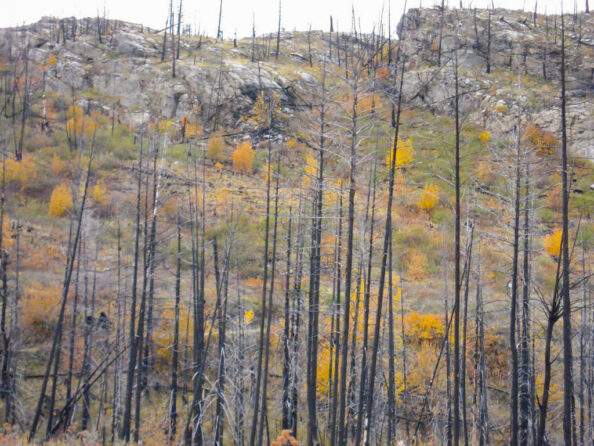 …Dead and dying trees — referred to as snags — pose severe risks to public safety, firefighter effectiveness and long-term forest health. Yet, contrary to claims, post-fire removal of dead and dying trees on state and federal lands is minimal, hindered by relentless litigation that threatens lives, compromises recovery efforts and delays the natural regrowth of our treasured forests. …Snags are far from benign. They fall unpredictably, endangering those working in or passing through these areas. When ignited, these dead trees burn intensely, creating spot fires and releasing embers that exacerbate the spread of wildfires. As they decay, snags create dense brush fields — a dangerous cocktail of highly flammable fuels. …By supporting post-fire salvage operations, we can ensure our forests recover more quickly, safely and sustainably. This is not just about restoring the land — it is about protecting lives, preserving our natural heritage and preventing the next catastrophic fire.
…Dead and dying trees — referred to as snags — pose severe risks to public safety, firefighter effectiveness and long-term forest health. Yet, contrary to claims, post-fire removal of dead and dying trees on state and federal lands is minimal, hindered by relentless litigation that threatens lives, compromises recovery efforts and delays the natural regrowth of our treasured forests. …Snags are far from benign. They fall unpredictably, endangering those working in or passing through these areas. When ignited, these dead trees burn intensely, creating spot fires and releasing embers that exacerbate the spread of wildfires. As they decay, snags create dense brush fields — a dangerous cocktail of highly flammable fuels. …By supporting post-fire salvage operations, we can ensure our forests recover more quickly, safely and sustainably. This is not just about restoring the land — it is about protecting lives, preserving our natural heritage and preventing the next catastrophic fire.